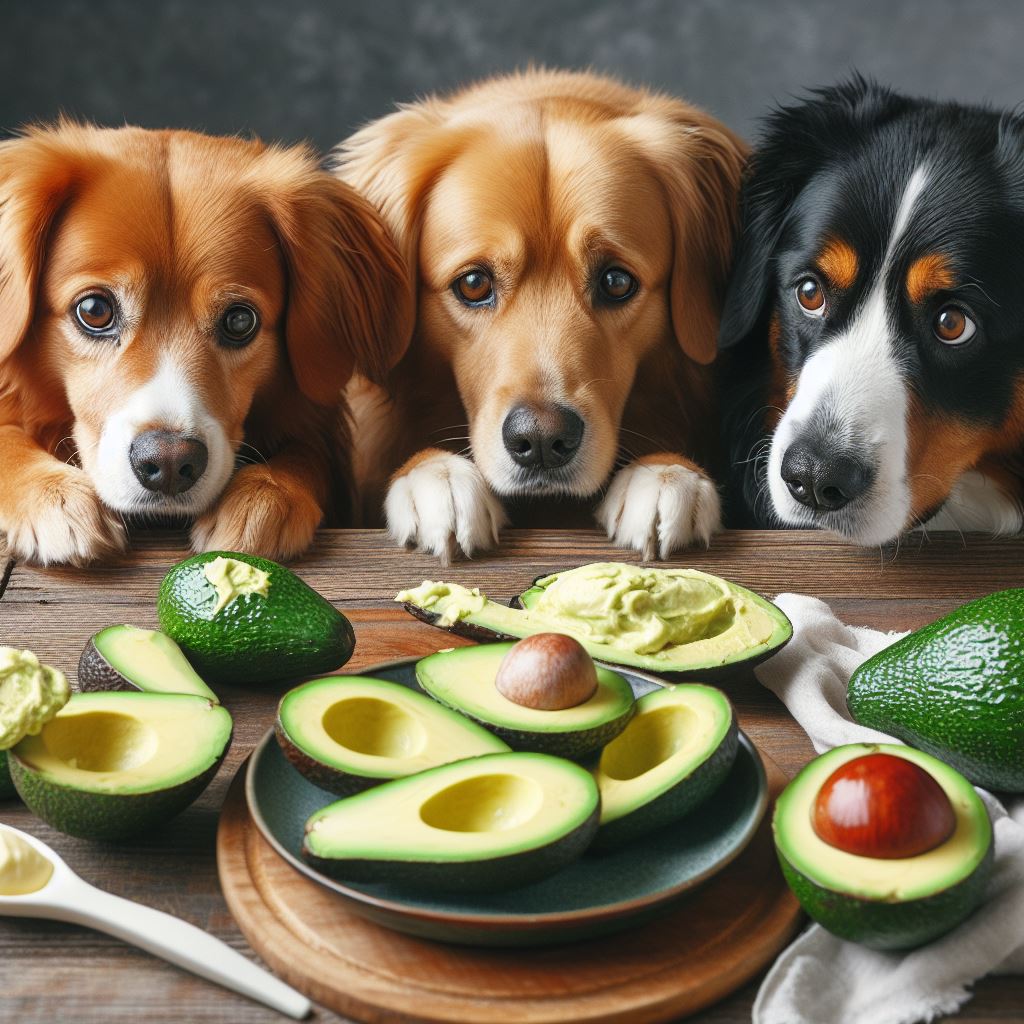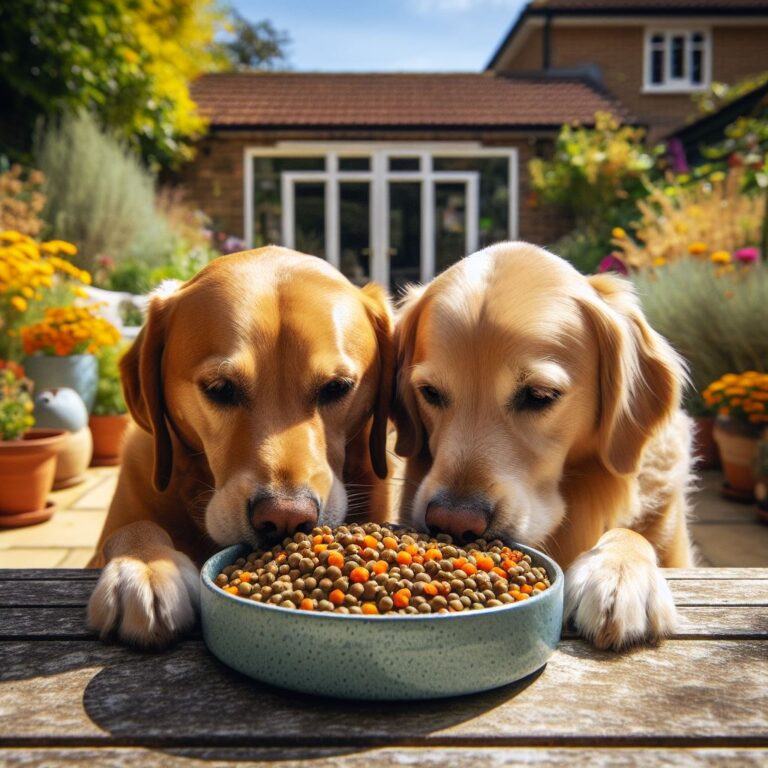Can Dogs Safely Eat Avocados
Dogs can eat parts of avocados but with CAUTION. While the fruit’s flesh is generally safe in small amounts, it contains a toxin called persin that can be harmful in large doses. The dangerous parts are the pit, skin, and leaves. They are rich in vitamins A, E, C, B6, and potassium, which can all contribute to a healthy coat and immune system.
However, they are also high in fat and can lead to pancreatitis if consumed in excess. When thinking about adding avocado to your dog’s diet, it’s vital to focus on the nutritional facts.
The safety of feeding avocados to dogs hinges on moderation and preparation. Completely removing the skin and pit is non-negotiable, as is limiting the amount of avocado flesh your dog consumes.
It’s wise to get a professional opinion before introducing avocados into your dog’s meals. A vet can provide a tailored approach based on your pet’s health status, size, breed, and dietary needs. Ensuring your dog’s safety and health comes first and foremost.
Looking Closer at the Potential Risks and Benefits of Avocado for Dogs
Understanding the place avocados might have in your dog’s diet requires a careful look at the risks and safe practices. As mentioned before, avocados contain a substance called persin, which in large amounts can be toxic to dogs.
However, it’s primarily found in the leaves, pit, and skin of the avocado, not the flesh that we typically eat.
Should you decide to offer avocado to your dog, it’s vital to REMOVE the pit and skin. The pit not only presents a choking hazard but also contains the highest concentration of persin.
Serving only the avocado flesh minimizes the risk, but portion control is still critical. Say no to guacamole, though, as additional ingredients like onions and garlic are toxic to dogs.
Recognition of avocado toxicity symptoms is essential. If your dog consumes too much avocado or parts of the plant they shouldn’t, watch for signs such as vomiting, diarrhea, and heart congestion. Should any of these arise, a prompt visit to the vet is a must.
Bearing in mind breed-specific and size-related sensitivities is another factor. Smaller breeds, or dogs with health conditions, may have a lower tolerance and be more susceptible to the adverse effects of persin.
Always take into account your dog’s size, breed, and overall health status when considering adding any new food to their diet.
Best Practices for Giving Avocado and Better Alternatives
I understand the curiosity about whether it’s safe or beneficial to add new foods like avocado to your dog’s diet. Caution is KEY here, and personally, I don’t feed my pup any due to the risk of persin.
While some dogs may handle small amounts of avocado flesh without issues, it’s important to consider each dog’s individual health.
If you decide to let your dog try avocado, REMOVE the skin and pit, as these are choking hazards and contain higher levels of persin.
Introduce it in SMALL amounts and observe your dog’s response. For any changes in behavior or digestion, I highly recommend calling your vet immediately.
There are plenty of safe alternatives that can provide similar benefits without the risks avocados carry. Foods like peeled apples, carrots, and blueberries are excellent options that many dogs enjoy.
They offer vitamins, antioxidants, and fiber, contributing to a BALANCED diet.
Always consult with a veterinarian before introducing new foods into your dog’s routine. They can provide personalized advice based on your dog’s nutritional needs and health history.
Remember, your vet is your partner in your pet’s well-being.
Monitor your dog’s health after any diet change. Look for signs of well-being such as good energy levels, a healthy coat, and normal digestion.
Your dog’s reaction will TELL YOU if the dietary change is a success. Ultimately, the goal is to support your dog’s health and happiness with every meal.







